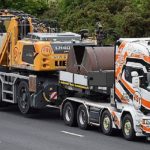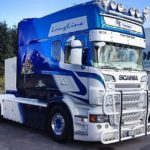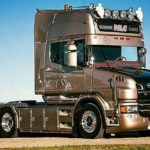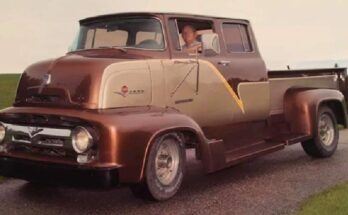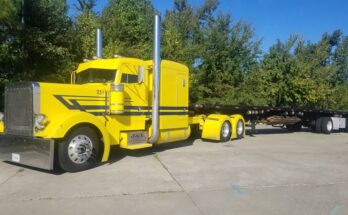Over 100 years ago, two companies called Vabis and Scania joined forces to become a European powerhouse, delivering trucks, special vehicles, and buses to Europe. With production facilities in South America, Africa, Asia, and Europe, and over 40,000 employees, Scania AB is widely recognized as the premier European distributor of class 8 vehicles.
What began as two separate companies (one was involved in railroads while the other was in the bicycle industry) merged into one in 1911, and quickly became involved in the luxury car business, including a 1920 model that included a top hat holder. Sports cars were also a popular project, though as interest waned, the company feared they were on the brink of disaster.
During the First World War, Scania AB became focused on providing the Swedish Army with vehicles, revamping its facilities in order to do so. This led to the decision to solely produce large vehicles, which almost caused the disaster they had so feared previously. With some help from a banking family and a subsidiary in Denmark, however, Scania AB began to rise.
The Second World War provided another opportunity for the production of military vehicles, but after the war was over, Scania was able to hold on to their experience without losing finances. They instead became competitive with Volvo, branching out into jeeps and trucks. Exporting became a more serious business at this juncture, about half of Scania’s sales.
Throughout the years, Scania has been sought after by several other companies, including Volvo and MAN, but Volkswagen was the eventual winner, holding 100% of the company’s shares by 2015. In September 2017, Scania was fined over 800 million euros for participating in fixing prices with other members of the automotive industry (including Volvo/Renault, Daimler, MAN, DAF and Iveco) for the last 14 years.
Despite this scandal, Scania’s long history stands in good stead, and it continues to produce and sell trucks, special vehicles, and buses commercially. Their line of trucks include the P-Series (construction, distribution, and transportation uses), the G-Series (construction and long haul applications), the R-Series (Which won both the 2005 and 2010 International Truck of the Year award and is available for long haul use), and the S-Series (which is notable for being the highest cab ever constructed by the company).
Chassis production is also a large part of Scania’s work, mostly for coaches and buses used in cities, though there are complete buses put together for use in Scandinavia, including the Citywide, Interlink, Metrolink, OmniExpress, and Touring buses. Scania also produces engines for marine use as well as industrial jobs, such as moving large amounts of dirt and agricultural tasks. Branching out from engines, chassis, buses, trucks, and coaches, Scania has also produced a line of clothing specifically for truckers who utilize their vehicles, called Scania Truck Gear.
If you’re ever in Sweden, you can see some of the Scania vehicles in the Marcus Wallenberg-hallen. Scania also has a concept car named the Scania Torped, which sports an environmentally-friendly eco-diesel V8 engine. Designed by Louise Temin, the Torped is a two-seat roadster with some similarities to the Dodge Viper. Whether Scania decides to explore more car production in the future, it will most likely continue to largely manufacture class 8 vehicles that will be used worldwide.
 " >
" >
